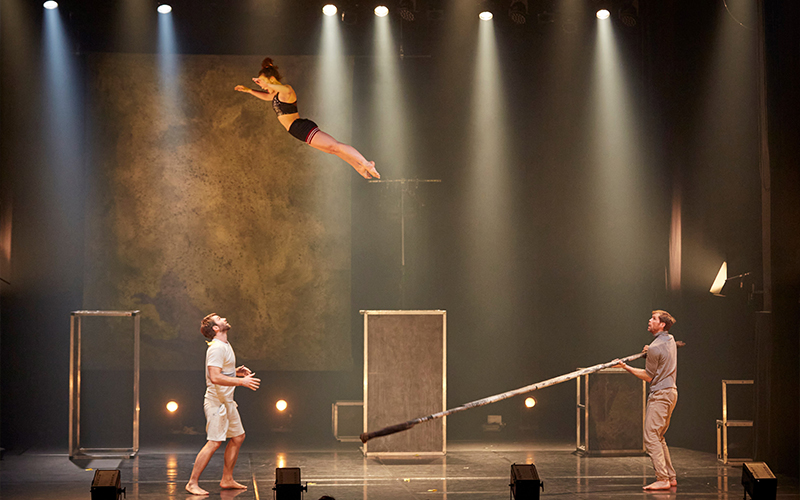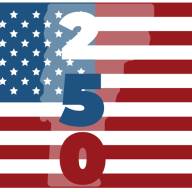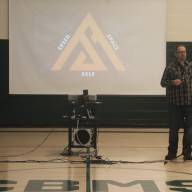Eric Bates has written the book on joining -- and creating -- the circus. Bates’ new book, “The Contemporary Circus Handbook: A guide to creating, funding, producing, organizing and touring for the 21st Century” was just published by Modern Vaudeville Press. Bates, co-founded of Cirque Barcode, has performed and created circus performances all over the world, in about 40 countries. His troupe performed at a $70 million wedding in India and for the G7 with Cirque du Soleil. “It was literally the seven world leaders and their significant others and like snipers on the roof and a campfire and us. It was bonkers,” he said.
He began juggling at Fayston Elementary when Circus Smirkus did a residency there and then joined the troupe while at Harwood Union High School, which he graduated from in 2006. He performed with the circus during the summers, performed solo at farmers markets, The Valley Players, and even got gym credit for his circus performances. “I found a lot of opportunities to perform in The Valley from Cabin Fever Follies, I was a street performer at the craft fair, busting out the torches.”
After high school, he went on to study at McGill University in Montreal for two years before leaving to attend the National Circus School in Montreal. He said he partially chose McGill to be close to the city’s renowned circus scene. He began touring the world to perform and founded Cirque Barcode with fellow Circus School grads. They had performed together for years since graduating in 2011 and officially created the company in 2017 or 2018. What began as a group of four grew. Bates said it’s been a rotating cast of performers.
They soon found creating their own show was even more challenging than it looked. Asked about whether there were unexpected challenges to creating that first show, Bates said, “It's only unexpected challenges. For example, we made our lights on a lightboard that the light designer we hired used to do stadium shows. He played on this massive board, but when you tour it, they usually use a different lightboard. Of course, we didn't know any of this. The people that tour aren't necessarily the person that designed the lights, and they aren't familiar with his new lightboard, so you have cues that aren't working. It took us awhile to rent a new theater space to completely redesign the lights onto the board that they're familiar with. So that was definitely surprising.
“I went to circus school -- we do double backflips 25 feet in the air but they don't teach you how to put a Russian bar in a plane, we have a 17-foot pole that we work with, they just don't teach you that stuff. When you have your own company, it's like that times 100 because lights and sound and travel . . . you need to list every nut and bolt that's in your show.”
Asked what inspired him to write the book, he said, “Well, it was really hard to make a show.” He interviewed more than 25 circus performers and dance companies from around the world. “It's not just like, how do you do handstands because that's what most of us circus artists know but a lot about logistics and promotion and finding an agent and just collaboration in general.” He said one of the main takeaways he learned from his research was to start small, such as with a 30-minute show. “Instead of writing a novel, write a short story first, and then you get to see the entire process from front to back. I think building your team and hiring people smarter than you and accepting that, but figuring out how to work with those people, and especially how decisions will be made within your company, or group or co-op, I think those were some of the big takeaways.”
Bates said that today’s circus performances are not necessarily the elephants in the big top, Ringling Brothers vision many people in the U.S. still have. “It's a lot closer to theater and dance and like a high art,” he said. “People dress up to go see a circus in the theater in Europe, which hasn't quite made it here yet. When we're talking about circus shows, it's a lot more of a show in a theater rather than in a circus tent. Circus has changed around the world and will slowly make its way back to the U.S., who just has such a strong culture of the tented show.”
Find “The Contemporary Circus Handbook” at modernvaudevillepress.com/contemporary.













